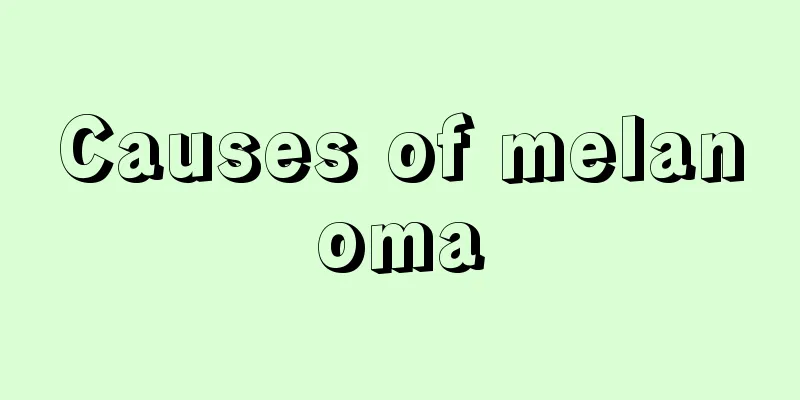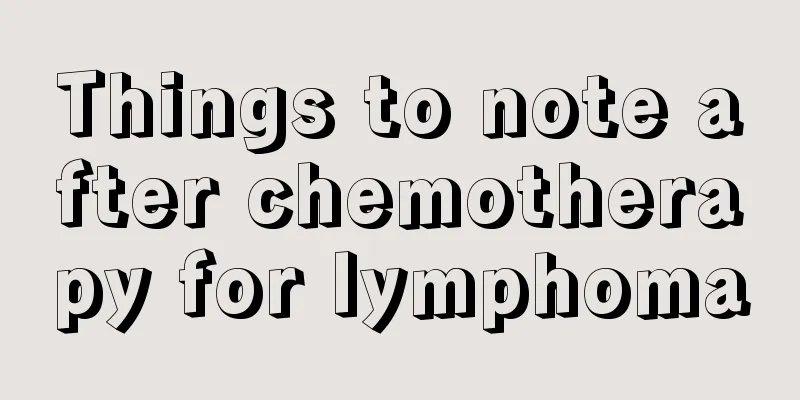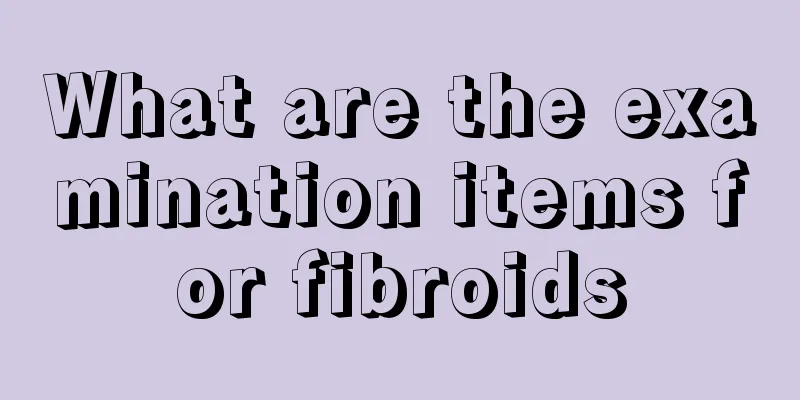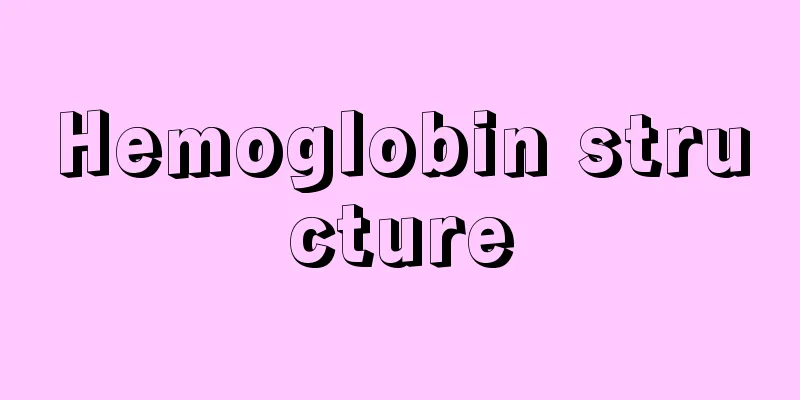How to effectively treat candidiasis?

|
The key to candidiasis is Candida albicans, which is a normal fungus that grows in the human body, mainly in the human mouth. If the number of Candida albicans in the human body does not exceed a certain value, it actually has no effect on the human body. However, if the human body's immunity decreases or the Candida albicans multiplies too much, candidiasis will occur. Candida albicans is a saprophytic fungus that is widely found in nature. It is one of the normal flora of the human body and usually lives in the human mouth, skin, mucous membranes, digestive tract, vagina and other organs. The white bacteria carrying rate in normal people can be as high as 40%; 85%-90% of the Candida isolated from the vaginal mucosa is white. The white one is the most pathogenic. Antifungal treatment 1. Nystatin can be taken orally and applied topically. For oral administration, 500,000 units each time, 4 times a day. For external use, it is in the form of suppositories, each suppository contains 250,000 units. 2. Fluconazole, also known as Dafluconazole, is usually taken orally once, 150 mg, to be effective, but it is easy to relapse after cure, so it is worth noting. 3. Itraconazole, also known as Sporanox, is generally taken at a dose of 100 mg twice a day for 10 consecutive days as a course of treatment. Topical medications for oral candidiasis 1. 2%~4% sodium bicarbonate solution (baking soda): used to clean the mouth before and after breastfeeding to eliminate residual curd or sugar that can decompose and produce acid, making the oral cavity alkaline and preventing the growth and reproduction of Candida albicans. It can also be used to clean nipples before and after breastfeeding to avoid cross-infection or repeated infection. 2. Genian violet aqueous solution: 0.5% concentration is suitable for oral mucosa, apply it 3 times a day to treat thrush and angular cheilitis in infants and young children. 3. Chlorhexidine: Apply 0.12% solution or 1% hot glue topically, rinse or gargle. It can also be combined with nystatin to form an ointment or cream. An appropriate amount of triamcinolone acetonide can also be added to treat angular cheilitis, denture stomatitis, etc. Alternating gargling with chlorhexidine solution and sodium bicarbonate solution can eliminate the gram-negative bacteria, the co-pathogens of Candida albicans. |
<<: Do you want to know some tips for getting rid of acne?
>>: What is the normal value of wbc and what is it used for?
Recommend
What to do with acne
Acne is very common and has a great impact on the...
I always feel like there is something in my nostrils
People feel differently. Some people think that w...
Reasons for itchy bumps on the back
I believe everyone has had this experience: pimpl...
How long is the latent period of uterine cancer?
Cervical cancer is a disease that women must be v...
How to remove rust from clothes
If we want to remove rust from clothes in our dai...
What are the clinical symptoms of liver cancer? The key points of CT manifestations of primary liver cancer
CT examination can specifically diagnose the type...
Mobile phone cases can cause cancer, and playing with them in bed is even more deadly!
People are afraid of dropping or scratching their...
Which part is the sacrum
The human body can be supported only by the exist...
Compound Danshen dripping pills for treating diseases
Compound Danshen Drops are a kind of Chinese pate...
Can folliculitis cause skin cancer?
Skin cancer is extremely harmful to people's ...
How to cook apples to treat diarrhea
Apples have high medicinal value, taste good, are...
What kind of fruit is Ginkgo biloba
What kind of fruit is ginkgo? Many people may not...
Stomach discomfort should be treated to prevent it from developing into stomach cancer
If stomach discomfort is not treated, it may deve...
Can ginger soup sober you up?
Ginger soup has many medicinal values, but most o...
Specific symptoms and manifestations of lung cancer
Do you know anything about lung cancer? Do you kn...









